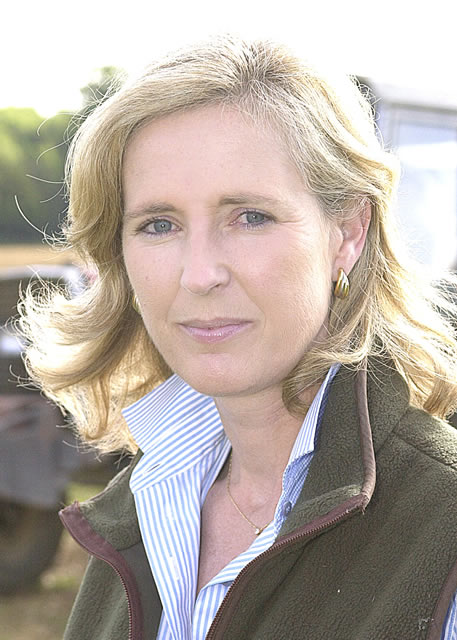Livestock and arable farmers now need days of dry, sunny and windy weather so we can get on with making hay or silage. The optimum time for making good quality winter forage is receding.
Those of us with arable crops, which I have to say look remarkably well, now need the sunshine to gently ripen in time for what we hope will be a much needed ‘profitable harvest’.
Some fields have already been flattened by the wind and rain. It will take some drying and the pigeons will cause even more damage.
Information is being released in dribs and drabs about Defra’s new Sustainable Farming Incentive (SFI). Farmers will initially get payments for increasing their soil standards – ‘so we understand the importance of our soils’.
Farmers are already doing most of this and have done for decades. This includes taking regular soil samples which give the analysis of exchangeable nutrients, the micronutrient status of the soil and the availability to the plant of soluble nutrients, including trace elements. We also take leaf samples which identify exactly what level of nutrients the plant still requires, if any.
Another direction arable farmers are being directed is min till, which again most do. It is rare to see a plough used as part of field cultivations creating a seed bed. Most crops are directly drilled without disturbing the soil, a process which releases carbon. Also, ploughing disrupts our vital army of workers - worms.
Under sowing cereal crops with clover, is a technique being trialled around the country, and practised by Organic farmers. The idea being that clover forms a green carpet which helps prevent moisture loss, smothers weeds, and after the combine has done its job, can be grazed by sheep.
This is a nice idea, but I am unsure how the clover responds to certain products, including selective nutrients, vital to ensure a healthy crop. Also, what happens to the clover if there are no sheep to graze it? Many parts of the country are completely devoid of livestock.
My son Matthew and his fellow Rawhides. set off on Sunday to ride from the Scottish Highlands to Wiltshire to support the work of The Royal Marsden Cancer Charity and the Institute for Cancer Research, in memory of Artimise Alice Wood.
In November 2019, Artemis, youngest daughter of Jody and Juliana Wood, tragically lost her battle with Juvenile Myelomonocytic Leukaemia (JMML), aged just three. JMML is a rare form of myelodysplasia sharing some of the characteristics of Leukaemia.
Artemis was born in Singapore, where her father Jody, a keen amateur cyclist, rode out most weekends with the Rawhides, a group of friends, all expatriates from the UK.
‘The Rawhides Riding 4 Artemis’ will take the team on the 800 mile journey from Durness, where they will turn down the West Coast of Scotland, past Ullapool and then back inland towards Inverness. From there, it is on to Fort William and past Glasgow into Ayr.
On crossing back into England, the group will make their way to Penrith, taking in the Yorkshire Dales before moving onto the Peak District.
The final legs (and possibly the final legs of the riders too) will see them pedal through Oxfordshire before finishing up in Wiltshire. The riders will pedal over a hundred miles a day for eight days in a row, with a few hills and no doubt some traditional British weather & Covid restrictions thrown in along the way!
Wishing them all a safe journey.
You can follow all the action on Instagram or Facebook – @fundraising4artemis

 RSS Feed
RSS Feed